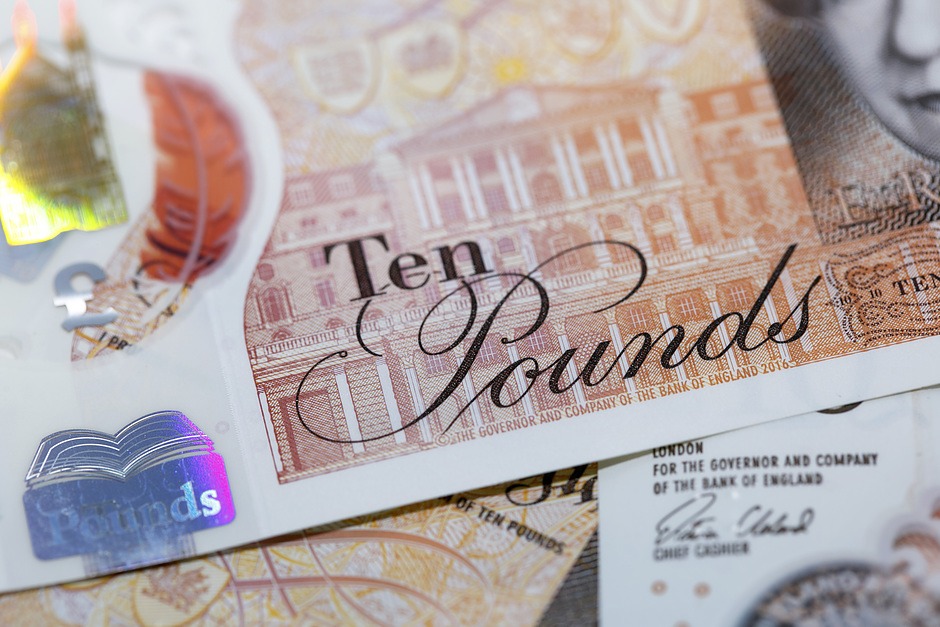GBP/JPY holds mild losses near 191.50, awaits UK Retail Sales
- GBP/JPY edges lower as the economic growth in Japan raises bets of a further rate hike by the BoJ.
- The risk-sensitive GBP receives support from the improved risk sentiment following US Retail Sales.
- UK Retail Sales are expected to increase by 0.5% and 1.4% for MoM and YoY for July, respectively.

GBP/JPY breaks its four-day winning streak, trading around 191.60 during Friday’s Asian hours. The decline in the GBP/JPY cross can be attributed to the strengthened Japanese Yen (JPY), which has gained support from recent growth in Japan’s second-quarter GDP, increasing the likelihood of a near-term interest rate hike by the Bank of Japan (BoJ).
However, the JPY could experience volatility due to political uncertainty in Japan. Japanese Prime Minister Fumio Kishida announced at a press conference on Wednesday that he will not seek re-election as the leader of the Liberal Democratic Party (LDP) in September.
However, stronger-than-expected recovery in US Retail Sales has eased concerns about a potential US recession and improved risk-on sentiment. The improved risk-on mood could boost the risk-sensitive Pound Sterling (GBP) and limit the downside of the GBP/JPY cross.
Additionally, the British Pound is supported by positive key economic data from the United Kingdom (UK) released on Thursday, including GDP figures. The UK economy expanded by 0.6% quarter-on-quarter in the second quarter, in line with expectations. Year-on-year, GDP increased by 0.9% in Q2, matching expectations and up from the 0.3% recorded in Q1.
Traders are likely awaiting the release of the UK Retail Sales data scheduled for Friday, with expectations for a month-on-month rebound to a 0.5% increase in July, up from the previous decline of 1.2%. Additionally, annual growth is forecasted to rise by 1.4%, reversing the earlier decline of 0.2%.
Pound Sterling FAQs
The Pound Sterling (GBP) is the oldest currency in the world (886 AD) and the official currency of the United Kingdom. It is the fourth most traded unit for foreign exchange (FX) in the world, accounting for 12% of all transactions, averaging $630 billion a day, according to 2022 data. Its key trading pairs are GBP/USD, aka ‘Cable’, which accounts for 11% of FX, GBP/JPY, or the ‘Dragon’ as it is known by traders (3%), and EUR/GBP (2%). The Pound Sterling is issued by the Bank of England (BoE).
The single most important factor influencing the value of the Pound Sterling is monetary policy decided by the Bank of England. The BoE bases its decisions on whether it has achieved its primary goal of “price stability” – a steady inflation rate of around 2%. Its primary tool for achieving this is the adjustment of interest rates. When inflation is too high, the BoE will try to rein it in by raising interest rates, making it more expensive for people and businesses to access credit. This is generally positive for GBP, as higher interest rates make the UK a more attractive place for global investors to park their money. When inflation falls too low it is a sign economic growth is slowing. In this scenario, the BoE will consider lowering interest rates to cheapen credit so businesses will borrow more to invest in growth-generating projects.
Data releases gauge the health of the economy and can impact the value of the Pound Sterling. Indicators such as GDP, Manufacturing and Services PMIs, and employment can all influence the direction of the GBP. A strong economy is good for Sterling. Not only does it attract more foreign investment but it may encourage the BoE to put up interest rates, which will directly strengthen GBP. Otherwise, if economic data is weak, the Pound Sterling is likely to fall.
Another significant data release for the Pound Sterling is the Trade Balance. This indicator measures the difference between what a country earns from its exports and what it spends on imports over a given period. If a country produces highly sought-after exports, its currency will benefit purely from the extra demand created from foreign buyers seeking to purchase these goods. Therefore, a positive net Trade Balance strengthens a currency and vice versa for a negative balance.
Author

Akhtar Faruqui
FXStreet
Akhtar Faruqui is a Forex Analyst based in New Delhi, India. With a keen eye for market trends and a passion for dissecting complex financial dynamics, he is dedicated to delivering accurate and insightful Forex news and analysis.
















